Growth of E-commerce Channels
The rise of e-commerce significantly impacts the packaged salami-sausage-bacon market, as more consumers turn to online shopping for their grocery needs. The convenience of purchasing food products online, coupled with the ability to access a wider variety of brands and products, has transformed consumer behavior. Recent statistics reveal that online grocery sales have increased by over 25% in the past year, suggesting a shift in purchasing habits. This trend encourages manufacturers to enhance their online presence and distribution strategies, ultimately expanding their reach within the packaged salami-sausage-bacon market.
Innovations in Flavor Profiles
Innovation plays a crucial role in the packaged salami-sausage-bacon market, as manufacturers continuously explore new flavor profiles to attract diverse consumer segments. The introduction of unique and bold flavors, such as spicy jalapeno or sweet maple, caters to evolving taste preferences. This trend is supported by Market Research Future indicating that 60% of consumers express interest in trying new flavors in their meat products. As a result, companies are investing in product development to create distinctive offerings that stand out in a competitive landscape, thereby enhancing their market share in the packaged salami-sausage-bacon market.
Rising Demand for Convenience Foods
The packaged salami-sausage-bacon market experiences a notable surge in demand for convenience foods. As consumers increasingly seek quick meal solutions, the appeal of ready-to-eat and easy-to-prepare products becomes evident. This trend is particularly pronounced among busy families and working professionals who prioritize time-saving options. According to recent data, the convenience food sector has grown by approximately 15% in the last year, indicating a strong correlation with the packaged salami-sausage-bacon market. The availability of pre-packaged meats that require minimal preparation aligns with consumer preferences for convenience, thereby driving sales in this industry.
Expansion of Plant-Based Alternatives
The emergence of plant-based alternatives presents both challenges and opportunities for the packaged salami-sausage-bacon market. As more consumers adopt flexitarian or vegetarian diets, the demand for meat substitutes is on the rise. Market analysis suggests that the plant-based meat sector is projected to grow by 20% annually, indicating a shift in consumer preferences. This trend compels traditional meat producers to innovate and diversify their product lines to include plant-based options, thereby appealing to a broader audience and ensuring competitiveness in the evolving packaged salami-sausage-bacon market.
Increased Focus on Quality and Transparency
Consumers are increasingly prioritizing quality and transparency in their food choices, which significantly influences the packaged salami-sausage-bacon market. There is a growing demand for products that are free from artificial additives and preservatives, as well as those that provide clear labeling regarding sourcing and ingredients. Research indicates that 70% of consumers are willing to pay a premium for high-quality, transparent products. This shift prompts manufacturers to adopt more stringent quality control measures and transparent marketing practices, thereby enhancing consumer trust and loyalty within the packaged salami-sausage-bacon market.



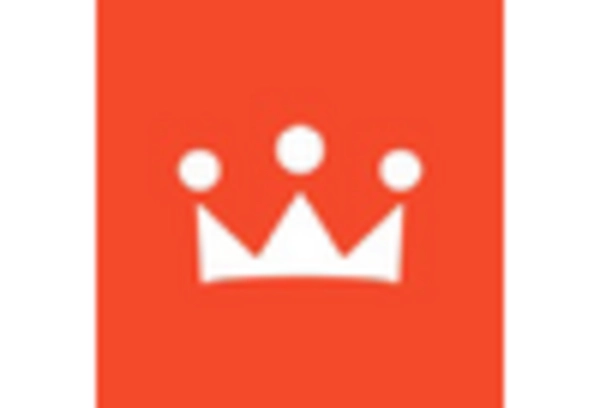
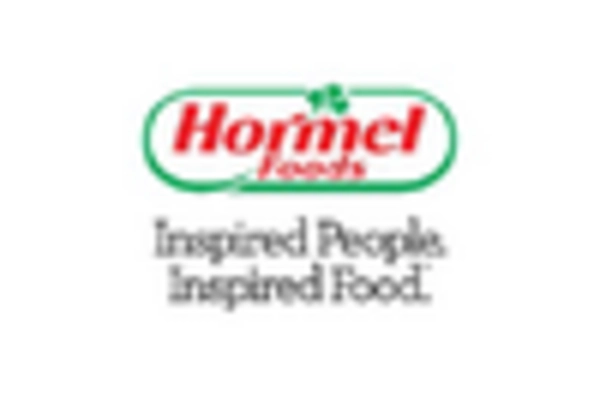
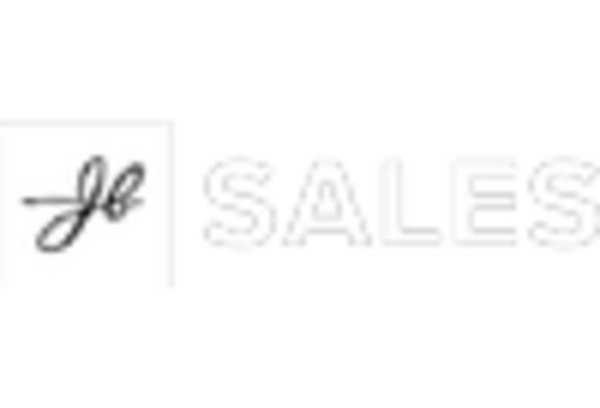

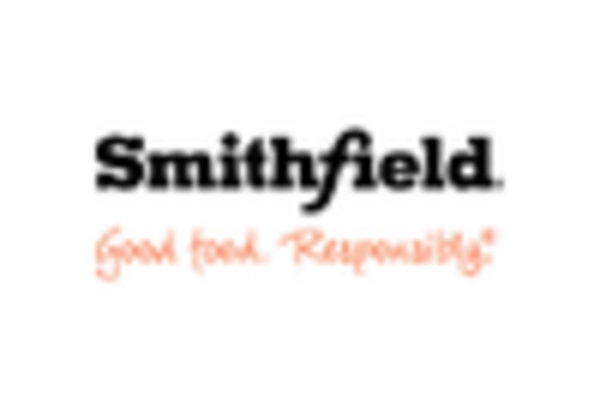
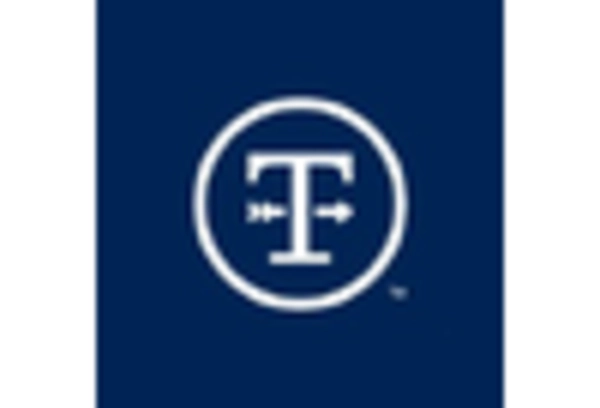








Leave a Comment